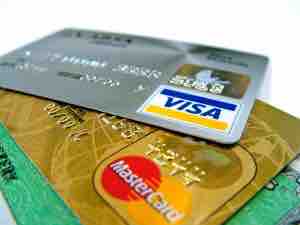Trade Credit
Trade credit is the largest use of capital for a majority of business to business (B2B) sellers in the United States and is a critical source of capital for a majority of all businesses. For example, Wal-Mart, the largest retailer in the world, has used trade credit as a larger source of capital than bank borrowings. Trade credit for Wal-Mart is eight times the amount of capital invested by shareholders.
For many borrowers in the developing world, trade credit serves as a valuable source of alternative data for personal and small business loans.
There are many forms of trade credit in common use; often industry-specific. They all benefit from their collaboration to make efficient use of capital to accomplish various business objectives.
Accounts Payable (A/P)
Accounts Payable (A/P and also known as creditors) is money owed by a business to its suppliers. An accounts payable is recorded in the A/P sub-ledger at the time an invoice is vouchered for payment. Payables are often categorized as Trade Payables, payables for the purchase of physical goods that are recorded in Inventory, and Expense Payables, payables for the purchase of goods or services that are expensed. Common examples of Expense Payables are advertising, travel, entertainment, office supplies, and utilities. A/P is a form of credit that suppliers offer to their customers by allowing them to pay for a product or service after it has already been received .

Credit
Accounts Payable (also known as Creditors) is money owed by a business to its suppliers.
In households, these payables are ordinarily bills such as utility, rent, etc. Households usually track and pay on a monthly basis manually by using checks, credit cards, or online banking. In a business, there is usually a much broader range of suppliers to pay, and accountants or bookkeepers usually use accounting software to track the flow of money into this liability account when they receive invoices and out of it when they make payments. Increasingly, large firms often use specialized automation solutions (commonly called ePayables) to automate the paper and manual elements of processing an organization's invoices.
Commonly, a supplier will ship a product, issue an invoice, and collect payment later, which describes a cash conversion cycle, a period of time during which the supplier has already paid for raw materials but hasn't been paid in return by the final customer. When the invoice is received by the purchaser, it is matched to the packing slip and purchase order, and if all is in order, the invoice is paid. This is referred to as the three-way match. The three-way match can slow down the payment process, so the method may be modified. For example, three-way matching may be limited solely to large-value invoices, or the matching is automatically approved if the received quantity is within a certain percentage of the amount authorized in the purchase order.